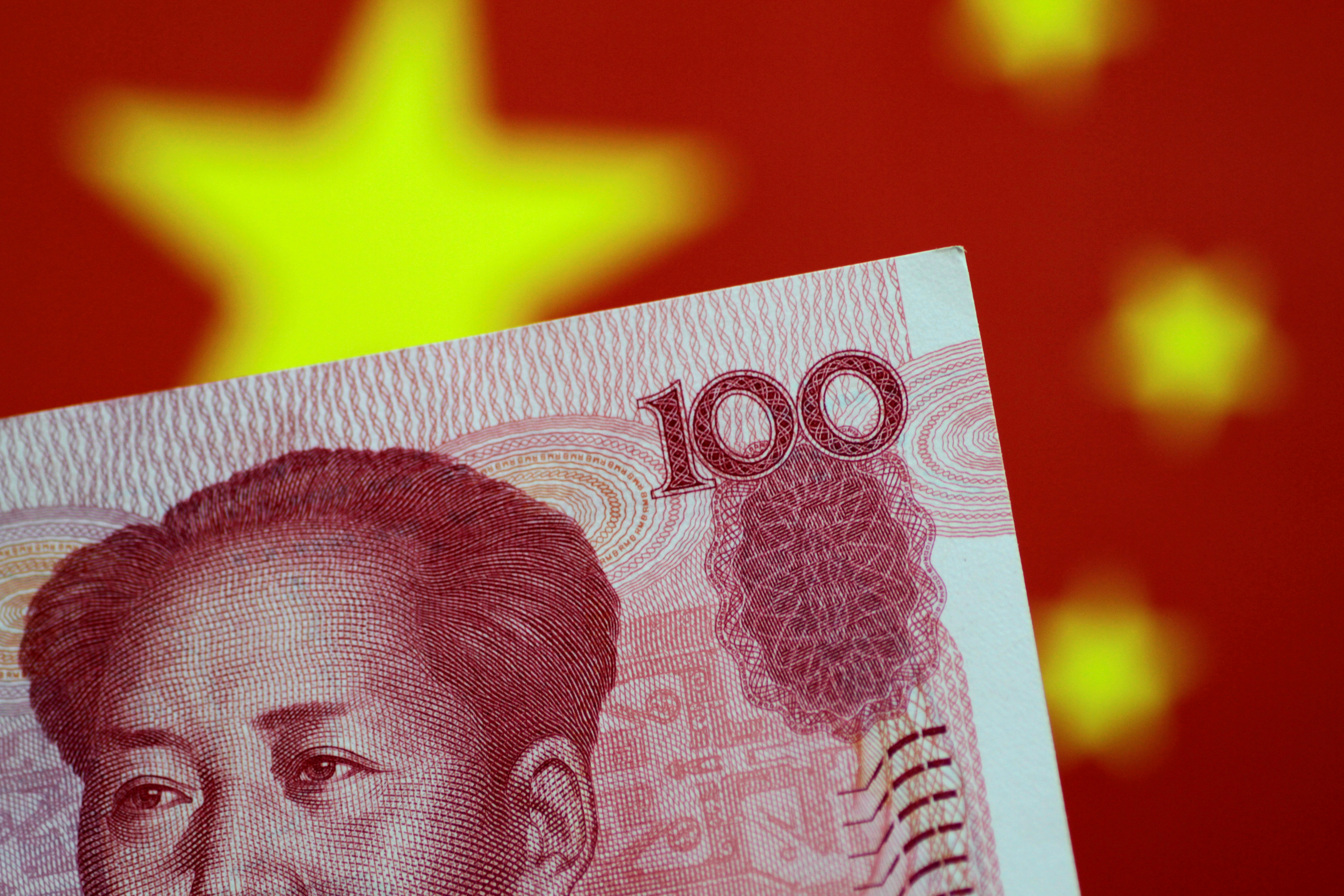Asia report: Markets mixed as China manufacturing contracts

Stocks were in a mixed state at the end of Wednesday in Asia, as investors digested data showing a contraction in manufacturing activity in China in August.
In Japan, the Nikkei 225 was up 1.29% at 28,451.02, as the yen weakened 0.25% against the dollar, last trading at JPY 110.30.
Of the major components on the benchmark index, automation specialist Fanuc was up 2.08%, fashion firm Fast Retailing added 1.14%, and technology conglomerate SoftBank Group managed gains of 0.37%.
The broader Topix index advanced 1.02% by the end of trading in Tokyo, settling at 1,980.79.
On the mainland, the Shanghai Composite was ahead 0.65% at 3,567.10, and the smaller, technology-heavy Shenzhen Composite lost 0.49% to 2,417.89.
The unofficial Caixin/Markit manufacturing purchasing managers’ index (PMI) came in at 49.2 for August, below the 50-point mark that separates expansion from contraction.
It came on the back of Beijing’s official manufacturing PMI on Tuesday, which fell to 50.1 for August from July’s reading of 50.4.
“The performance was worse than the official gauge, likely because the Caixin version is more sensitive to exports, while a major port was partially closed during the month,” said Pantheon Macroeconomics chief Asia economist Freya Beamish.
“The output gauge slipped below 50, while the new work index dug further into the contraction zone.
“Domestic and foreign Covid resurgence was fingered by panelists as the culprit.”
Supplier performance also deteriorated, Beamish noted, putting upward pressure on prices, and reinforcing Pantheon’s call that PPI inflation had not peaked just yet.
“The authorities will be biting their nails, with the employment index signalling a fall in employment in August, though small, after little change in July,” Freya Beamish explained.
“Backlogs of work increased again, however, at the fastest pace since May.
“The index should rebound this month, but we remain more broadly worried about the prospects going forward.”
South Korea’s Kospi added 0.24% to 3,207.02, while the Hang Seng Index in Hong Kong rose 0.58% to 26,028.29.
The blue-chip technology stocks were on the front foot in Seoul, with Samsung Electronics up 0.13% and SK Hynix rising 1.41%.
In data from the peninsula, Korea’s export growth picked up to 34.9% year-on-year in August, from 29.6% in July, close to consensus expectations for 34% growth.
Exports to China rose strongly at 2.6% month-on-month, close to the pace in July, but 20-day figures showed a surge in exports to China, which Pantheon’s Freya Beamish said suggested a deterioration in the last 10 days of the month.
“Korean exports should continue to outperform, going forward, though a near-term pullback is warranted,” she said.
Looking at the global situation at the end of the Asian day, Exinity Group chief market analyst Han Tan said stocks in the region were “mostly in the green”, while US and European futures pointed to a positive start to September.
“Global stocks are set to continue churning out near-term gains given the longer runway for equity bulls accorded by a dovish Fed Chair who’s in no rush to raise US interest rates,” Tan noted.
“Risk assets are operating on the idea that, despite the stubborn nature of the pandemic and the enduring concerns over the Delta variant, such developments will not warrant a return to the total lockdowns across broad swathes of the developed world.
“As such, the global economic recovery should continue chugging along with major central banks wanting to make sure it isn’t derailed by ill-timed policy adjustments.”
However, Han Tan said the recent deterioration in US consumer confidence as well as China’s official non-manufacturing and Caixin manufacturing PMIs showed that a “healthy dose of caution” was still warranted by markets.
“Risk appetite should be able to move past signals of a decelerating global economic recovery as long as calls to wind down pandemic-era stimulus aren’t ramped up, despite some European Central Bank officials now apparently joining the hawkish fray.”
Oil prices were higher at the end of the Asian day, with Brent crude last up 0.32% at $71.86 per barrel, and West Texas Intermediate rising 0.37% to $68.75.
In Australia, the S&P/ASX 200 slipped 0.1% to 7,527.10, as fresh data out of Canberra showed the Australian economy expanding more than anticipated in the June quarter.
According to the Australian Bureau of Statistics, Australia’s gross domestic product (GDP) grew by 0.7% in the three months through June, beating the 0.5% expansion pencilled in by a Reuters poll.
Across the Tasman Sea, New Zealand’s S&P/NZX 50 was ahead 0.19% to 13,243.49, as fisheries firm Sanford rocketed 21.4% to NZD 5.40.
That came as the Ngai Tahu ‘iwi’, or Maori tribe, made an on-market bid for up to a fifth of the company at a price of NZD 5.50 per share.
The down under dollars were a mixed picture against the greenback, with the Aussie last 0.25% stronger at AUD 1.3636, while the Kiwi weakened 0.02% to NZD 1.4194.